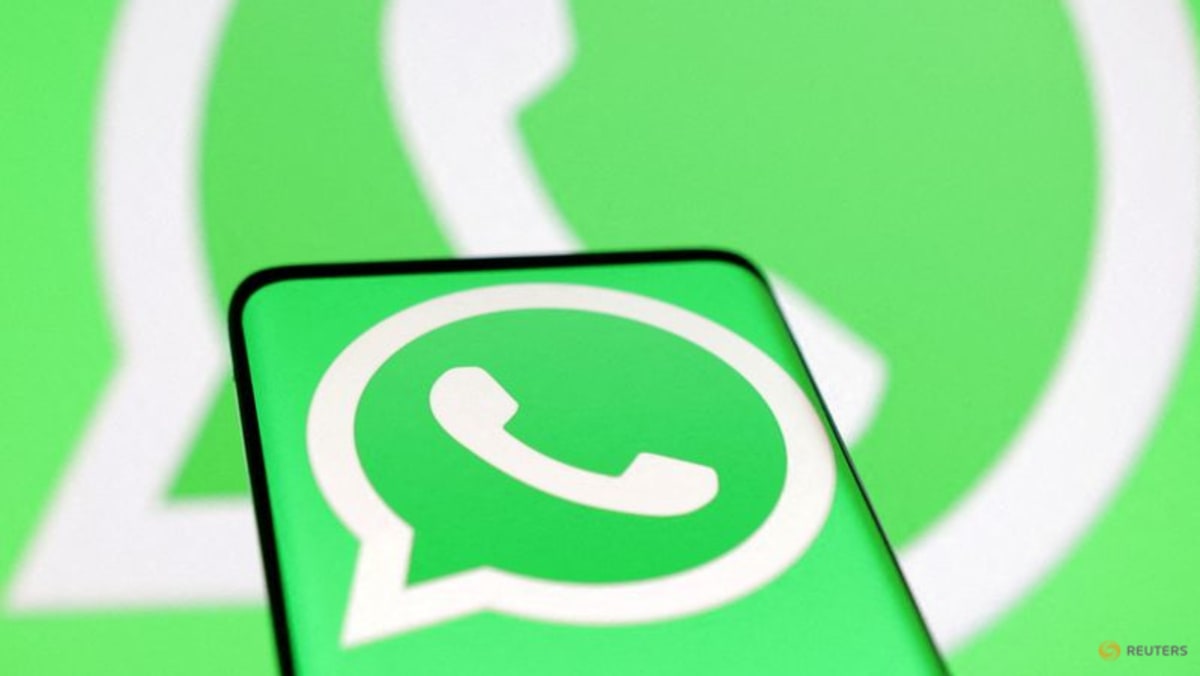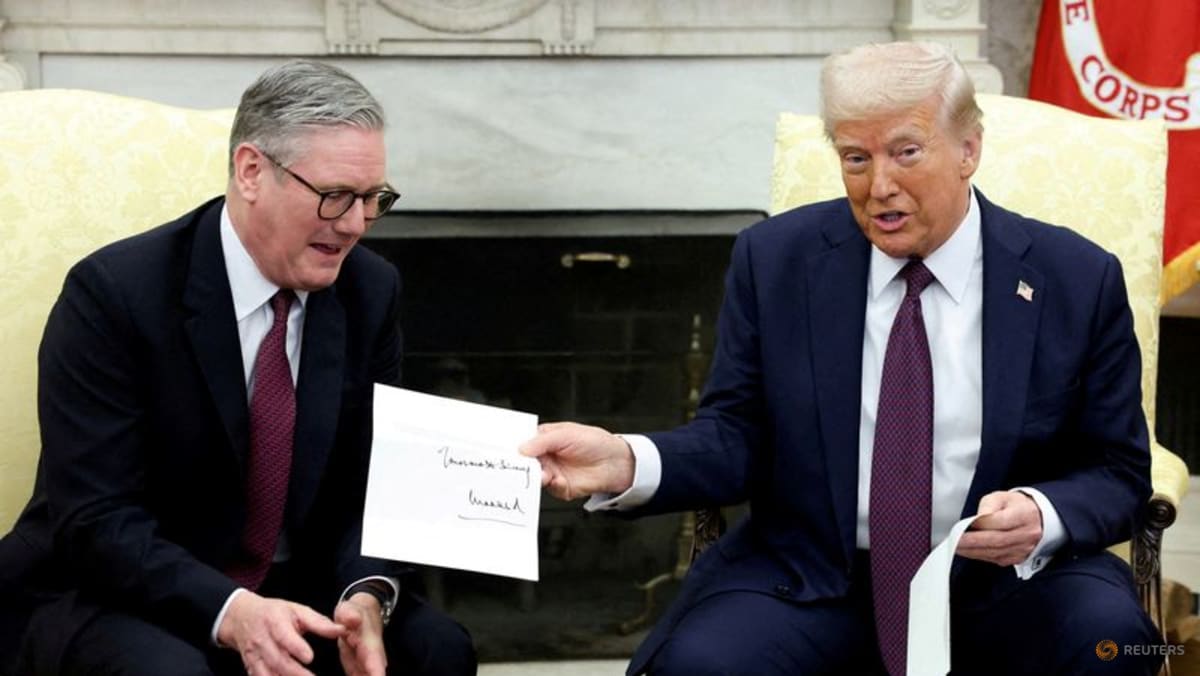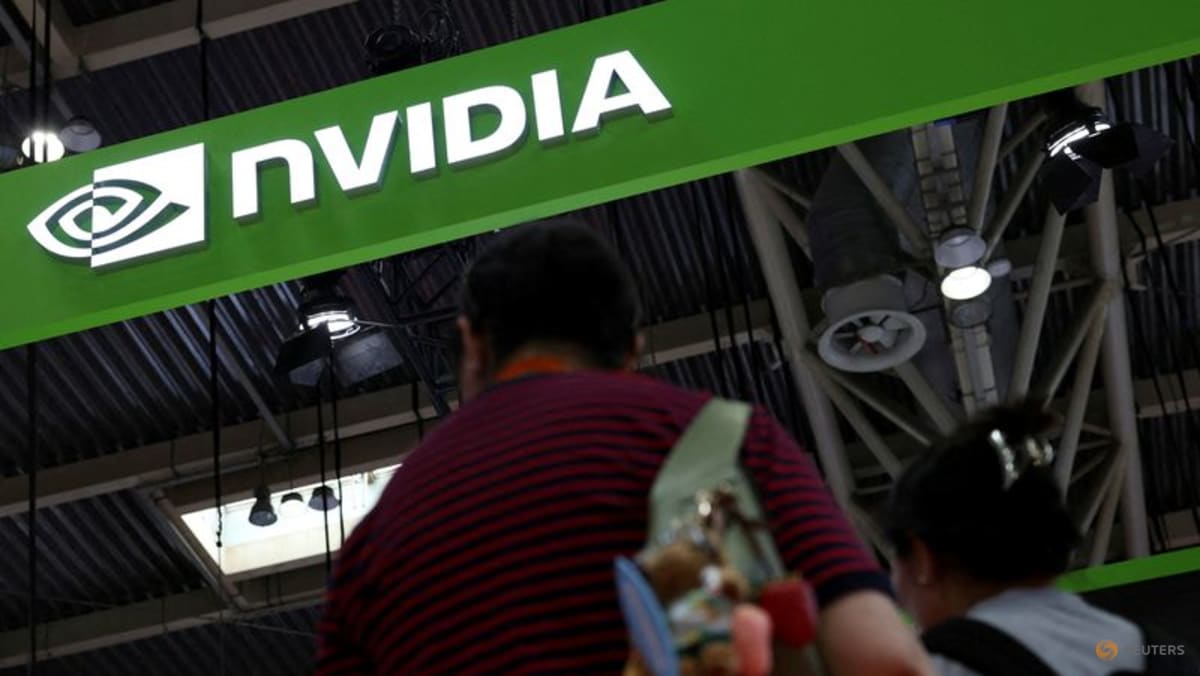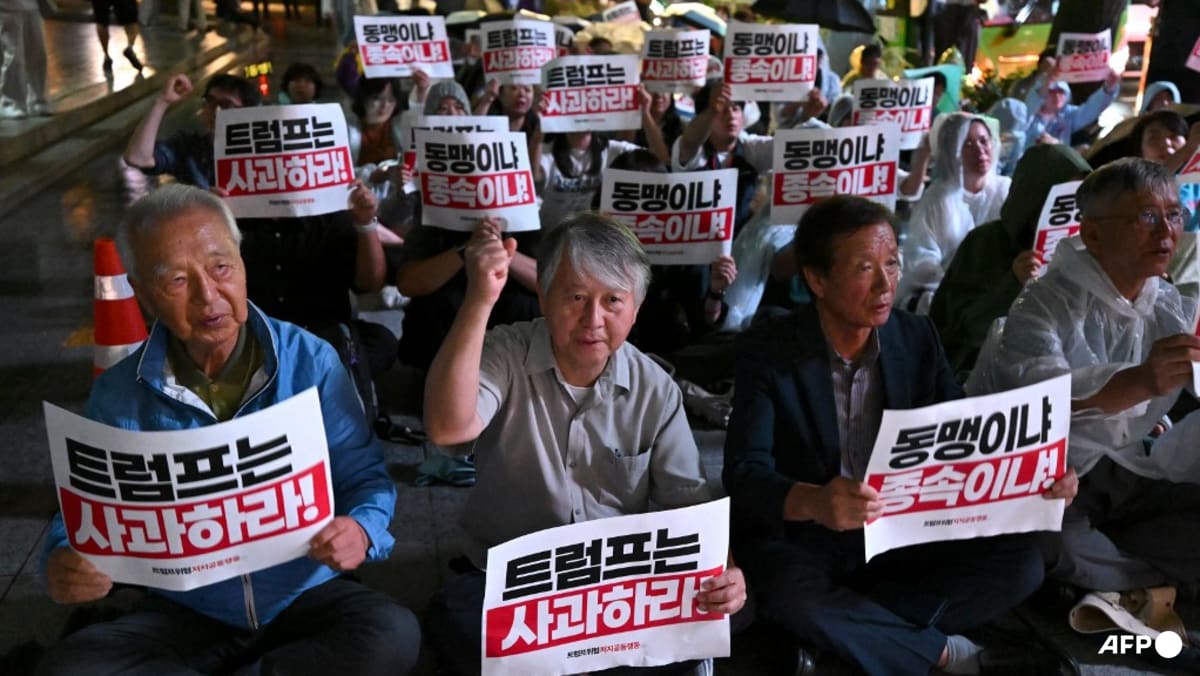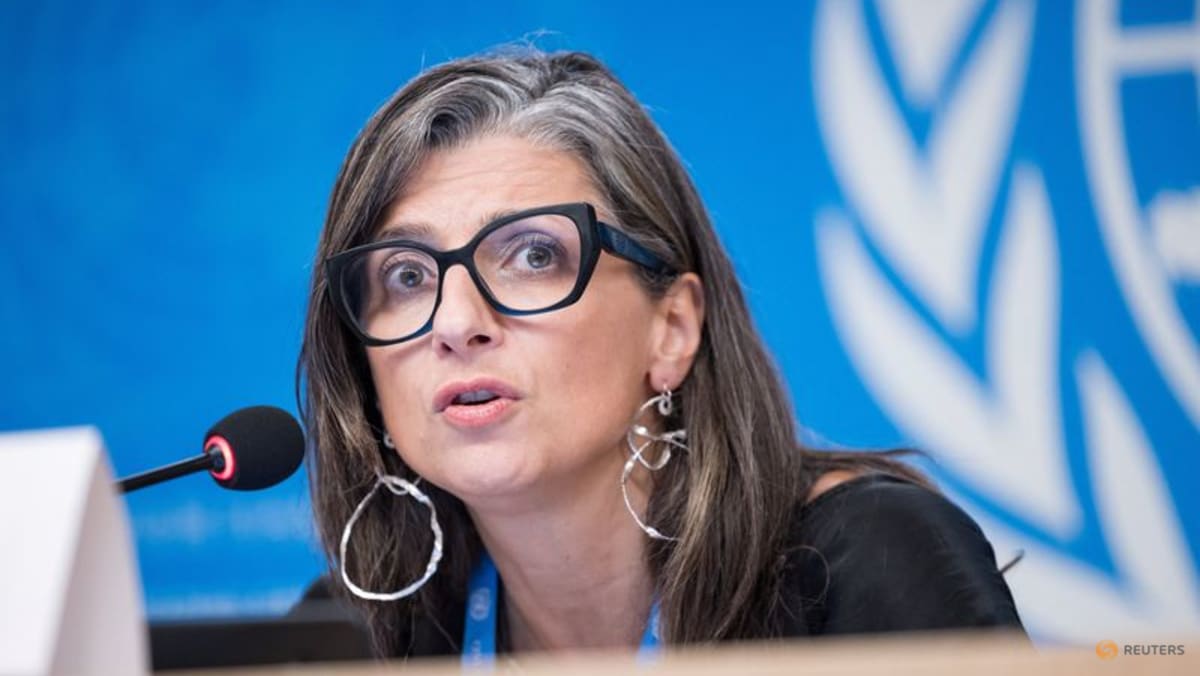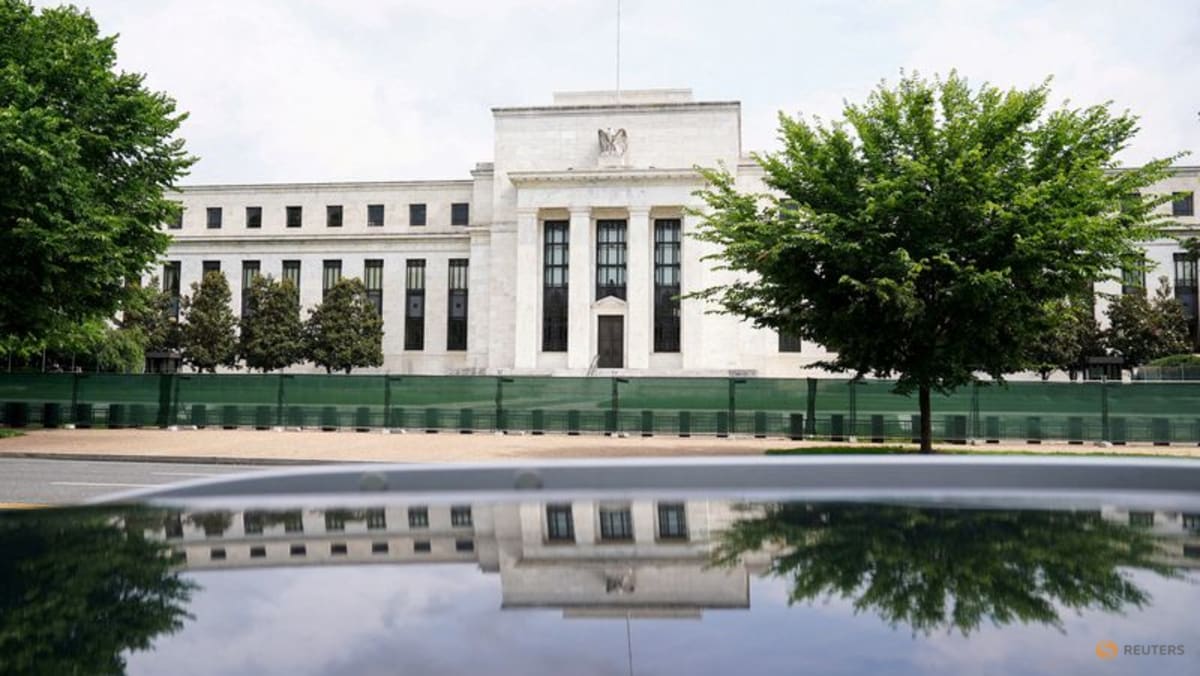LONDON: It’s hard to think of a more extraordinary business deal than Facebook’s US$19 billion acquisition of WhatsApp in February 2014. Its creators were outliers. With a lean staff of just a few dozen people, they had no marketing department, no sign on the door, and had spent zero cents from their sole investor, Sequoia Capital. But WhatsApp had 450 million users, mostly outside the US.
Founders Jan Koum and Brian Acton also hated ads. They’d spent a combined 20 years working at Yahoo, bonding over their frustration with a business model that sucked up personal data to show us pop-ups.
Building ad systems was “depressing”, Koum told me in an interview in mid-2014. But not too depressing to sell their chat service to online ad magnate Mark Zuckerberg, chief executive officer of Meta Platforms, just a few months later. Eight of WhatsApp’s roughly 50 employees made more than US$100 million off that deal, while Koum gained a net worth of US$6.8 billion.
This week, just over a decade later, ads are finally coming to WhatsApp. They’ll appear in its Updates (formerly Status) tab, where users post images and videos. Advertisers will also be able to promote Channels there and collect thousands of followers. Meta described the rollout as “gradual”, suggesting WhatsApp users will start to see ads over the coming weeks and months.
“THIS TIME IT’S FOR REAL”
Zuckerberg has long been under pressure to monetise WhatsApp, a prominent cash sink whose user base has soared to more than 3 billion but which has yet to pay its own way. Now, with Meta’s costly push into artificial intelligence (AI), including a US$14.3 billion investment in data labelling startup Scale AI, the company is moving on the last big piece of real estate it can squeeze cash from.
(Meta had already begun monetising WhatsApp through business messaging tools and click-to-WhatsApp ads on Facebook and Instagram, but this is the first time ads are appearing inside WhatsApp itself.)





